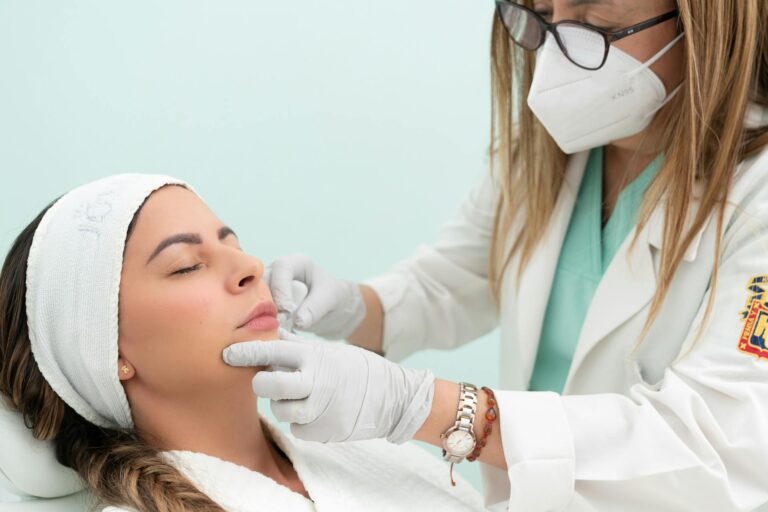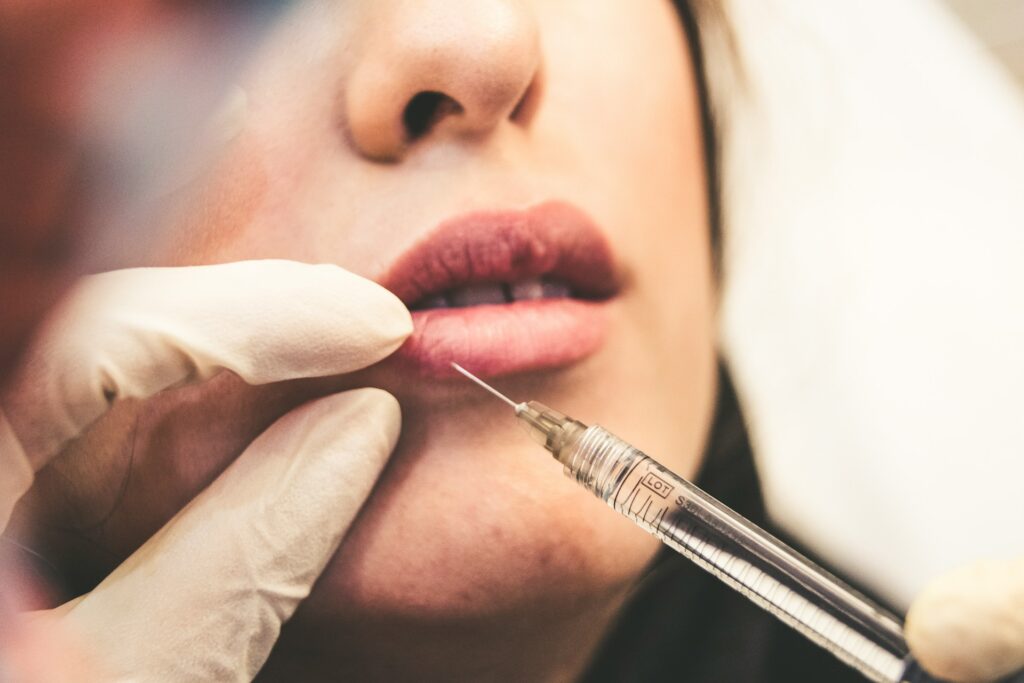
Botox has gained significant popularity among individuals looking to enhance their appearance and address the signs of ageing. This versatile treatment can effectively target multiple areas of the face, including the forehead and jawline, smoothing out wrinkles and restoring a youthful vitality.
In this discussion, we will examine the specific facial areas of the face Botox can treat, the various benefits it offers, the potential risks involved, and how to prepare for and maintain results following treatment. Whether you are considering Botox for the first time or seeking to refresh your understanding, this guide will provide valuable insights to assist you in making an informed decision.
What Areas of the Face Can Botox Treat?
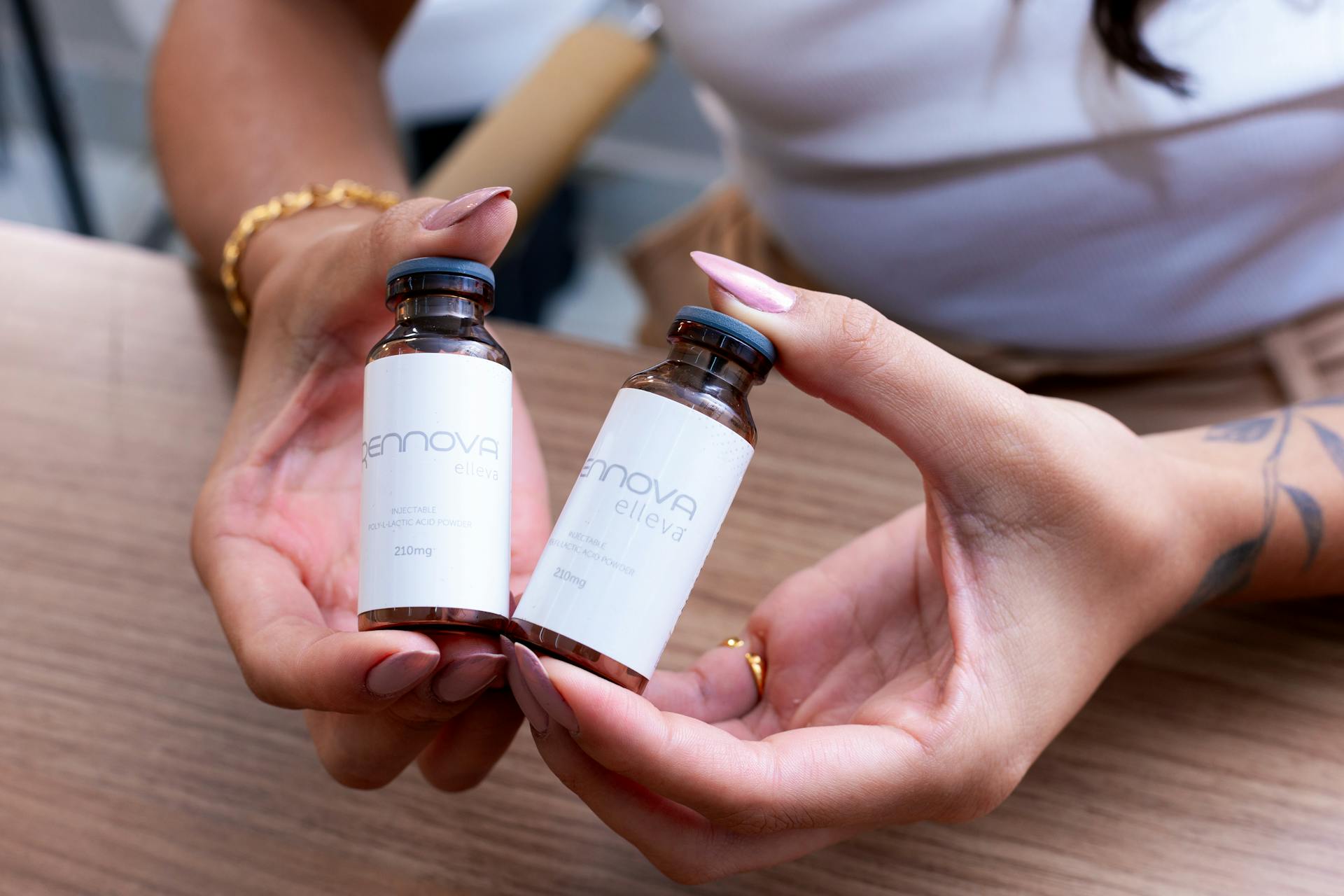
Botox has become a widely recognised non-surgical cosmetic procedure that effectively addresses various facial treatments, playing a significant role in skin rejuvenation. It targets common areas of concern, such as forehead lines, frown lines, and crow’s feet.
In the UK, licensed practitioners frequently recommend Botox for enhancing facial aesthetics. This includes procedures like lip augmentation and jawline contouring, as well as addressing chin dimpling and brow lifts to achieve a more youthful appearance.
It is crucial to understand the specific treatment areas where Botox can be effectively applied, as this knowledge is key to achieving desired aesthetic goals while ensuring patient satisfaction and safety.
1. Forehead
The forehead is a common area for Botox injections, aimed at reducing the appearance of forehead lines and contributing to overall facial rejuvenation. These lines can emerge due to a variety of factors, such as ageing, sun exposure, and repetitive facial expressions.
Many individuals pursue treatment not only to soften these lines but also to achieve a more youthful and relaxed appearance.
A typical Botox procedure is relatively quick, usually taking about 10 to 15 minutes. Results are generally noticeable within a few days and can last for several months.
Achieving natural and desirable results hinges on the expertise of the cosmetic injector. Proper technique is essential, as it ensures the correct dosage is administered precisely where needed, minimising any potential complications and enhancing the overall aesthetic outcome.
2. Glabella (Between the Eyebrows)
The glabella area, situated between the eyebrows, is a common target for Botox injections aimed at reducing frown lines and fostering a more relaxed facial expression.
This treatment is important not only for enhancing the overall aesthetics of the face but also for improving facial symmetry, which is crucial in shaping perceptions of beauty and harmony. When individuals frown, the overactive muscles in this area can form deep lines that may give an impression of anger or fatigue, influencing emotional expression.
By administering Botox, these muscles are selectively relaxed, resulting in a smoother and more balanced appearance. Typically, the effects of Botox in the glabella can last anywhere from three to six months, offering a temporary yet effective solution for those wishing to maintain a youthful look and enhance their self-confidence.
3. Crow’s Feet (Around the Eyes)
Crow’s feet are those fine lines that develop around the eyes, and Botox treatments can effectively reduce their visibility, contributing to a more youthful appearance.
These injections work by temporarily relaxing the underlying muscles, which helps to smooth out the skin’s surface and create a refreshed look. Many individuals who choose this procedure express high levels of satisfaction, noting that it not only enhances their overall appearance but also significantly boosts their confidence.
One of the attractive features of Botox is the minimal recovery time involved; most patients can resume their daily activities almost immediately, typically experiencing only minor bruising or swelling.
It’s important to understand that achieving the best results is often supported by a personalised treatment plan designed to suit one’s unique skin type and aesthetic goals, ensuring a natural and appealing appearance.
4. Bunny Lines (Around the Nose)
Bunny lines, which appear around the nose during facial expressions, can indeed benefit from Botox injections, leading to a smoother facial contour.
These lines often develop over time due to repeated movements such as smiling or wrinkling the nose, making them a common concern for many individuals seeking a more youthful appearance. By strategically injecting Botox into the affected areas, the muscle contractions responsible for these lines can be softened, resulting in a more relaxed and refreshed look.
It is essential to have a solid understanding of facial anatomy to ensure effective treatment, as improper injection techniques can lead to undesirable results. Additionally, following post-treatment care guidelines—such as avoiding vigorous exercise and excessive sun exposure—can enhance recovery and maximise the benefits of the procedure.
5. Nasolabial Folds (Smile Lines)
Nasolabial folds, often referred to as smile lines, can be effectively enhanced using a combination of Botox and dermal fillers to achieve a more youthful and revitalised appearance.
This combined treatment approach offers a thorough method for facial rejuvenation, specifically addressing the wrinkles and volume loss that frequently accompany the ageing process. Dermal fillers provide immediate volume to the areas around the nasolabial folds, while Botox works to relax the muscles that contribute to the formation of these lines, resulting in smoother and softer contours.
Patients can anticipate subtle, natural-looking improvements after their treatment, though the extent of these changes may vary based on individual skin types and desired outcomes.
Therefore, it is essential for practitioners to create customised treatment plans that consider these personal factors, ensuring that each individual receives care tailored to their unique demographics and aesthetic aspirations.
6. Marionette Lines (Around the Mouth)
Marionette lines, which extend from the corners of the mouth down to the chin, can be softened with Botox to enhance facial aesthetics and promote a more youthful appearance.
By relaxing the muscles that contribute to the formation of these lines, Botox injections can effectively smooth this area and restore a vibrant look. Many individuals seeking facial rejuvenation find that this non-invasive procedure not only reduces the visibility of marionette lines but also improves overall skin texture.
The effectiveness of Botox treatments greatly relies on following the recommended frequency, as the results are temporary and require ongoing maintenance to achieve and sustain the desired effects. Regular sessions can help individuals maintain a consistently youthful appearance, allowing them to exude confidence and vitality.
7. Chin
Botox can also be used to address chin dimpling, effectively smoothing the chin area and enhancing facial contouring for a more balanced appearance.
This minimally invasive treatment works by temporarily relaxing the muscles responsible for creating those unwanted dimples, resulting in skin that appears smoother and more refined. Many individuals seeking this cosmetic enhancement find that it not only improves their chin profile but also contributes positively to their overall facial aesthetics.
The treatment process generally begins with a brief consultation, during which practitioners assess the patient’s specific needs and establish realistic expectations. It is essential for potential recipients to engage in an open dialogue about their desires, as personalised treatment plans can significantly influence the outcome and long-term satisfaction with the results.
8. Jawline
Jawline contouring can greatly benefit from the use of Botox, as it effectively relaxes the muscles along the jawline, resulting in a more sculpted appearance.
By alleviating muscle tension, Botox enhances the natural symmetry of the face while reducing the width of the jawline, leading to a more refined and youthful look. This treatment is particularly beneficial for individuals with prominent masseter muscles, which can contribute to a broader jawline.
To achieve optimal results, a thorough pre-treatment assessment is necessary to understand each client’s unique facial structure and aesthetic goals. Additionally, providing detailed post-treatment guidance is essential for ensuring proper recovery and maximising the effects, allowing individuals to confidently enjoy the benefits of their newly defined jawline.
What Are the Benefits of Botox for Facial Rejuvenation?
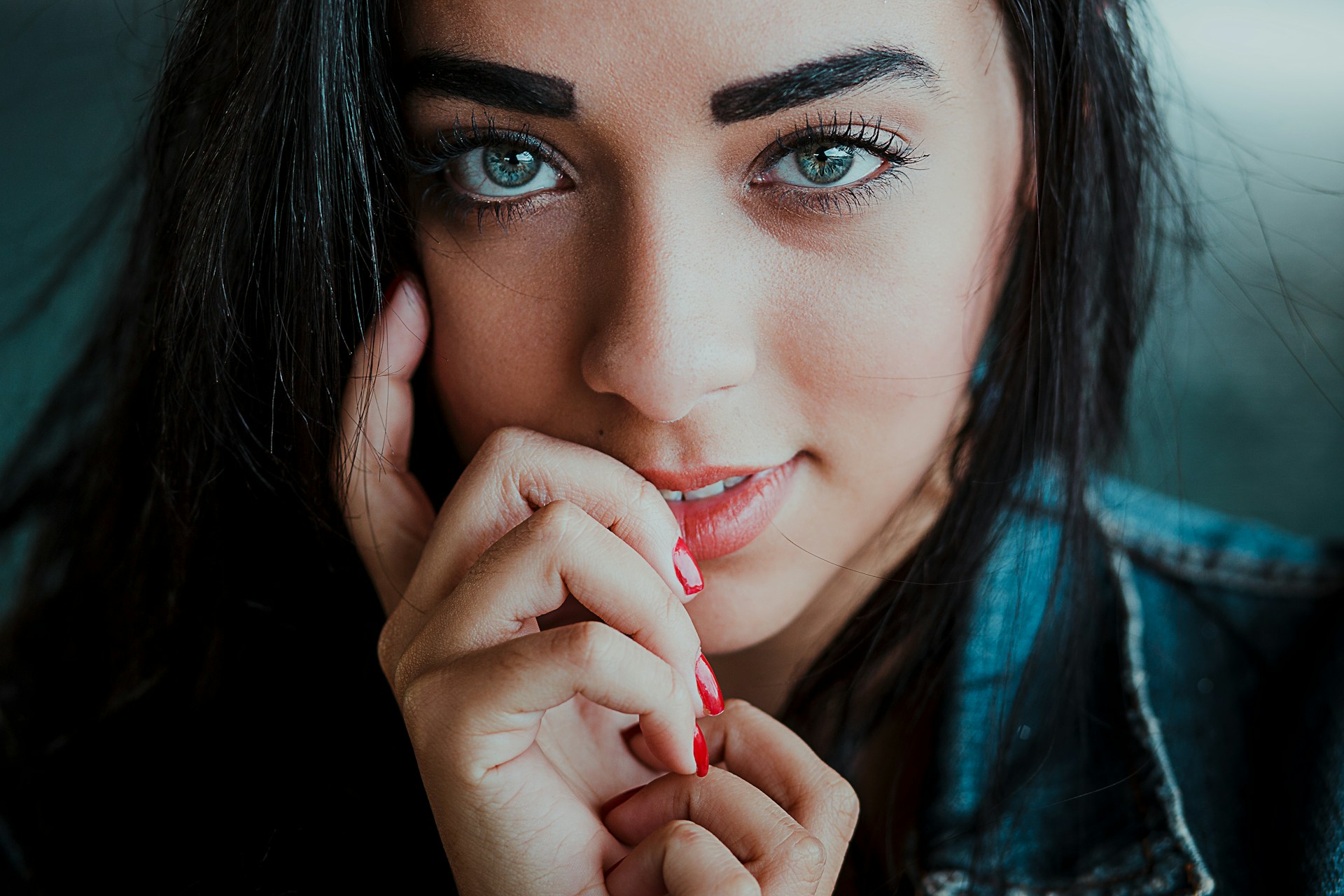
Botox provides a variety of benefits for facial rejuvenation, such as smoother skin, a reduction in fine lines and wrinkles, and an overall more youthful appearance.
This anti-ageing injectable treatment is frequently used in beauty clinics throughout the UK, delivering results that enhance both facial features and overall aesthetics.
1. Smoother and Younger-Looking Skin
One of the primary advantages of Botox is its ability to create smoother, more youthful-looking skin, making it a popular choice for individuals seeking a refreshed appearance.
By specifically targeting the muscle movements that contribute to the formation of wrinkles, Botox effectively reduces the visibility of fine lines and creases. This innovative procedure functions by blocking nerve signals to the muscles, which helps to relax them and prevents the overactivity that typically accelerates skin ageing.
As skin elasticity naturally diminishes with age, the importance of Botox becomes even more pronounced. It not only smooths out existing wrinkles but also enhances the skin’s resilience, allowing individuals to maintain a youthful aesthetic and feel more confident about their appearance over time.
2. Reduced Appearance of Fine Lines and Wrinkles
Botox is a highly effective option for reducing the appearance of fine lines and wrinkles, particularly in prominent areas such as the forehead and around the eyes. This treatment specifically addresses dynamic wrinkles, which are formed by repeated facial movements, such as the frown lines between the eyebrows and crow’s feet that develop with smiling.
Individuals seeking Botox can typically expect to see noticeable results within just a few days, with the effects lasting anywhere from three to six months. It is essential for anyone considering this treatment to consult with a qualified practitioner, as they can create a personalised plan that takes into account the individual’s unique facial structure and concerns.
Regular follow-up sessions are important for maintaining the desired youthful appearance, ensuring that each treatment aligns with the individual’s evolving needs.
3. Improved Symmetry and Balance in Facial Features
Botox is not just a remedy for wrinkles; it also plays a significant role in enhancing symmetry and balance in facial features, ultimately contributing to a more aesthetically pleasing appearance.
This subtle adjustment can lead to a noticeable difference in how features harmonise with one another, which often results in an enhanced sense of self-confidence. The versatility of Botox treatments makes it suitable for a diverse array of patients—ranging from young adults who wish to prevent premature ageing to older individuals seeking to regain a more youthful appearance.
Expectations can differ considerably among these groups; while some individuals aim to subtly enhance their natural features, others may seek a more dramatic transformation. Regardless of the desired outcome, the critical importance of facial symmetry in aesthetics underscores the necessity of personalised consultations.
This approach allows for the development of an ideal treatment plan tailored to each individual’s unique needs.
4. Non-Surgical and Minimally Invasive
One of the most appealing aspects of Botox is that it is a non-surgical and minimally invasive cosmetic procedure, offering a quick and effective solution to facial aging without the downtime typically associated with surgery. Despite the cost of Botox in the UK, many patients find it to be a worthwhile investment due to its convenience and results.
This innovative treatment allows individuals to resume their daily activities almost immediately, making it an ideal choice for those with busy schedules. The minimal discomfort associated with the injection process is often outweighed by the impressive results, which can last for several months, further justifying the cost of Botox in the UK for many individuals.
Aftercare is simple, usually involving the avoidance of strenuous activities and excessive sun exposure for a short period to ensure safety and optimal healing. Patients can feel confident knowing that MHRA-approved protocols prioritize their well-being while delivering a more youthful and refreshed appearance.
What Are the Risks and Side Effects of Botox?
While Botox is typically regarded as a safe treatment option, it is important to understand the potential risks and side effects that may arise.
These can include common issues such as bruising and swelling, as well as rare adverse reactions that could occur.
1. Bruising and Swelling
Bruising and swelling are among the most common side effects that individuals may experience following Botox treatments, typically resolving within a few days.
These reactions occur as a result of the injection process, which can irritate the local tissue. To reduce the likelihood and severity of these effects, it is advisable for patients to apply ice to the treated areas immediately after the procedure and to avoid strenuous activities for the first 24 hours.
Adhering to post-treatment recommendations, such as refraining from touching or massaging the injected areas, is essential for optimal recovery. Proper aftercare not only promotes healing but also enhances the chances of achieving the desired aesthetic results without complications.
2. Headache
Some patients may experience headaches following Botox injections, but these typically diminish shortly after the treatment.
These headaches can arise due to several factors, such as muscle tension in the injected areas or even the body’s response to the Botox itself. It is essential for individuals to distinguish between normal post-treatment symptoms and signs that may require medical attention.
While mild discomfort is a common occurrence, severe or persistent headaches, especially if accompanied by other symptoms like visual disturbances or nausea, should prompt a consultation with a healthcare professional.
To manage minor headaches, patients might consider the following options:
- Over-the-counter pain relief
- Staying hydrated
- Resting in a quiet, dark room
By understanding these aspects, individuals can better navigate their post-treatment experience and know when to seek assistance if necessary.
3. Drooping Eyelids or Uneven Smile
In rare instances, Botox can result in drooping eyelids or an uneven smile, often due to improper injection techniques or incorrect dosages. This underscores the importance of choosing a qualified practitioner who has the requisite training and experience to administer these injections safely and effectively.
A skilled professional will not only be knowledgeable about facial anatomy but will also be able to tailor treatment plans to meet each patient’s individual needs, thereby minimising the risk of adverse effects.
If any side effects do arise, it is crucial for patients to communicate with their provider without delay. Possible corrective measures may include:
- Administering additional injections to balance the effects
- Exploring alternative therapies to alleviate discomfort and restore facial symmetry
4. Allergic Reaction
Although it is uncommon, some individuals may experience an allergic reaction to Botox. This emphasises the importance of thorough patient education and a comprehensive pre-treatment assessment.
Recognising the signs of such reactions is essential, as symptoms may include swelling, itching, or difficulty breathing. These could indicate a serious condition that necessitates immediate medical attention.
For anyone considering Botox, it is crucial to inform their practitioner about any past allergic reactions, particularly to similar treatments or ingredients found in the product.
Practitioners must follow strict safety protocols during Botox procedures, ensuring that all precautions are taken to minimise potential risks. This collaborative approach not only enhances the safety and effectiveness of the treatment but also provides patients with much-needed peace of mind.
How to Prepare for Botox Treatment?
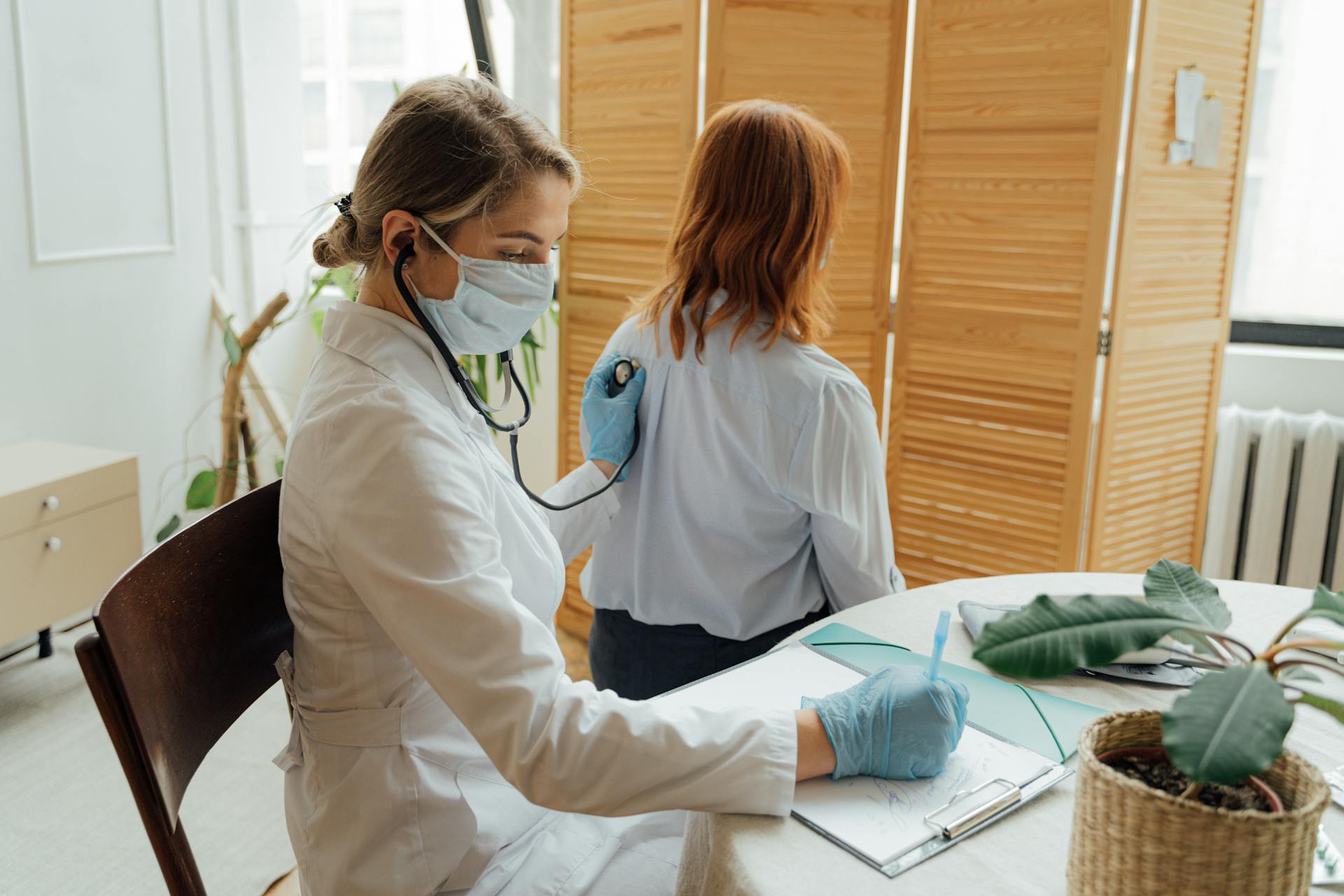
Preparing for Botox treatment involves several important steps.
First and foremost, it is essential to arrange a consultation with a qualified healthcare professional. During this meeting, you will have the opportunity to discuss your treatment options and set realistic expectations for the results.
1. Consultation with a Qualified Practitioner
A thorough consultation with a qualified practitioner is essential for understanding the Botox procedure and for discussing your aesthetic goals and concerns.
During this initial meeting, you can expect a comprehensive skin analysis, which allows the practitioner to evaluate your individual needs and skin conditions. This analysis is instrumental in creating a personalised treatment plan that is specifically designed to enhance your natural features while addressing any issues you may have.
It is important for the practitioner to educate you on every aspect of the procedure, including what to expect before, during, and after the treatment. This level of education not only provides you with valuable information but also enables you to make informed decisions that align with your aesthetic aspirations.
Ultimately, this collaboration helps to build trust and sets the stage for achieving satisfactory results.
2. Avoid Blood-Thinning Medications and Supplements
Before undergoing Botox treatment, it is important to avoid blood-thinning medications and supplements to minimise the risk of bruising and swelling.
This includes over-the-counter medications like aspirin and ibuprofen, as well as herbal supplements such as garlic and ginkgo biloba, which can affect blood clotting. Patients should also be cautious with vitamin E, as it can produce similar effects.
By steering clear of these substances, individuals can help ensure that their skin remains as intact as possible during the procedure, ultimately enhancing the overall effectiveness of the treatment. Avoiding these items can also lead to a smoother recovery phase, allowing individuals to fully enjoy the benefits of their Botox injections with fewer side effects.
3. Stop Smoking and Limit Alcohol Intake
Patients are encouraged to refrain from smoking and limit their alcohol intake prior to Botox treatment to promote optimal recovery. This advice is based on the well-established effects that smoking and excessive alcohol consumption can have on the body’s healing processes.
Smoking reduces blood flow, which is essential for supplying necessary nutrients to the areas that require healing. On the other hand, alcohol can lead to dehydration and inflammatory responses. By choosing to abstain from these substances, individuals can significantly enhance their skin’s resilience and responsiveness to treatments.
Ultimately, making these lifestyle adjustments not only facilitates a more efficient recovery but also improves the overall effectiveness of the Botox procedure, resulting in more satisfactory outcomes.
What to Expect During and After Botox Treatment?
It is important for patients to understand what to expect during and after Botox treatment. The procedure is typically quick and painless, providing immediate results that can last for several months.
1. Quick and Painless Procedure
The Botox procedure is widely recognised for its quick and virtually painless nature, making it an appealing choice for individuals seeking to rejuvenate their skin without undergoing significant downtime.
Typically, the entire process spans approximately 15 to 30 minutes, which conveniently allows individuals to incorporate it into their busy schedules. Initially, a consultation is held to assess the target areas and discuss expectations. This step ensures that the patient feels informed and comfortable with the proposed treatment plan.
During the actual procedure, a qualified practitioner uses fine needles to inject the Botox solution, often utilising techniques to minimise discomfort, such as the application of ice packs or numbing cream. This thoughtful approach not only eases any potential anxiety but also leaves patients feeling relaxed and satisfied with their decision to enhance their natural beauty.
2. Temporary Redness, Bruising, and Swelling
Patients may notice some temporary redness, bruising, and swelling after receiving Botox treatments, but rest assured, these effects usually fade away quite quickly.
To ensure an optimal recovery and to enhance the results, it is important for individuals to follow the aftercare instructions provided by their practitioner. This guidance typically advises against engaging in strenuous activities, touching the treated areas, and avoiding direct sunlight for a short period following the treatment.
By adhering to these recommendations, patients can effectively reduce any discomfort and speed up the healing process. It is also prudent to monitor for any unusual symptoms or prolonged side effects, as promptly consulting a healthcare provider is crucial for reassurance and addressing any concerns.
3. Results Lasting 3-6 Months
The effects of Botox typically last between three to six months, which means patients need to arrange regular follow-up treatments to sustain their youthful appearance.
Several factors can affect how long these results last, such as individual metabolism, the area being treated, and the dosage administered. For instance, areas with a lot of movement, like the forehead or around the eyes, may require more frequent top-ups to maintain the desired look.
Additionally, how often a patient makes facial expressions and their overall skincare routine can influence the duration of Botox’s effects.
In general, practitioners recommend scheduling top-up appointments every four to six months to ensure that aesthetic goals are upheld and to accommodate any changes that might arise over time.
How to Maintain Results and Prevent Complications?
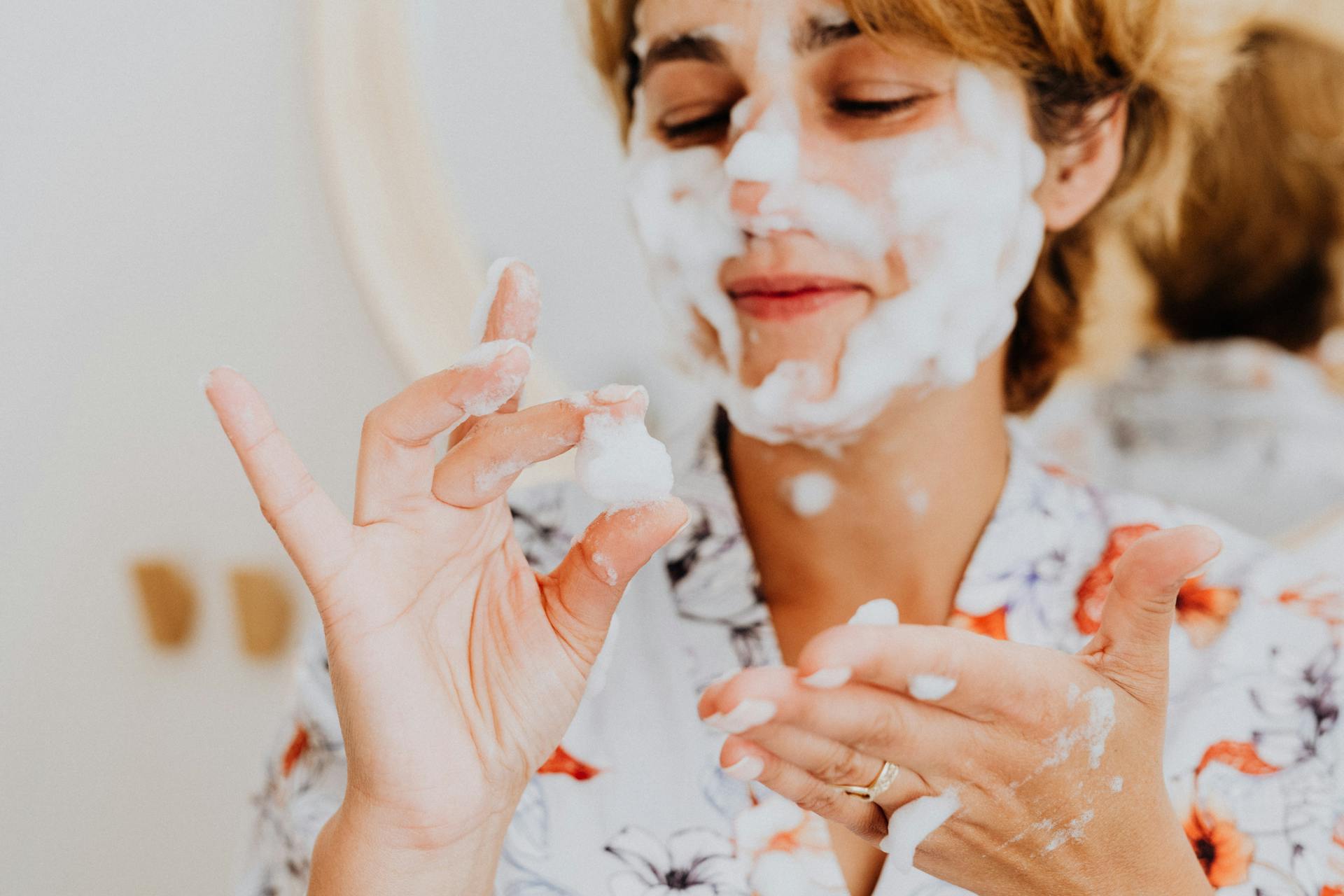
To effectively maintain the results of Botox and minimise the risk of complications, it is essential to adhere to proper aftercare instructions.
Additionally, scheduling regular touch-up treatments as necessary can help prolong the effects.
1. Follow Aftercare Instructions
Following aftercare instructions is essential for maximising the results of Botox and minimising potential side effects.
Patients should avoid strenuous exercise and refrain from lying down for several hours after the treatment to ensure that the Botox remains in the targeted areas. Staying well-hydrated and steering clear of excessive alcohol consumption can significantly enhance the overall effectiveness of the procedure.
It is also advisable to avoid applying pressure to the injected areas and to skip facials or massages in the immediate aftermath of treatment. By adhering to these aftercare guidelines, individuals can not only facilitate a smooth recovery but also extend the longevity of their results, ultimately leading to a more satisfying experience.
2. Avoid Touching or Rubbing Treated Areas
Patients are advised to refrain from touching or rubbing the treated areas after receiving Botox injections in order to avoid any unintended side effects or complications.
It is essential to allow the product to settle properly within the targeted muscles, ensuring that the desired effect is fully achieved without any interference. Manipulating the treated areas may result in the unwanted migration of the Botox, potentially diminishing the effectiveness of the treatment or leading to uneven results.
Should any discomfort occur after the treatment, such as mild swelling or bruising, patients are encouraged to gently apply a cold compress to the area, as this can help alleviate any irritation.
If concerns continue, it is always advisable to contact the healthcare provider for personalised guidance, which can ensure peace of mind and optimal outcomes.
3. Schedule Regular Touch-Up Treatments
To achieve the best possible results, patients are advised to schedule regular top-up treatments, which can help extend the effects of Botox. Typically, these follow-up appointments should be arranged every three to six months, depending on individual factors such as metabolism and the strength of muscle movements.
It is essential for patients to maintain an open dialogue with their practitioner about their aesthetic goals. This communication is vital to ensure that any necessary adjustments can be made to enhance their overall satisfaction with the treatment.
By expressing any concerns or desired changes regarding their results, patients enable their practitioners to customise future treatments to better meet their evolving needs.
4. Seek Medical Attention for Any Concerns or Complications
If patients experience any concerning symptoms or complications after Botox treatment, it is important to seek medical attention promptly. Recognising and reporting these issues not only ensures their safety but also assists healthcare professionals in addressing potential complications more effectively.
Patients are encouraged to maintain open communication with their providers, as this is crucial for assessing the nature of the symptoms. Healthcare practitioners are equipped to evaluate these reactions and offer appropriate interventions tailored to individual needs, which can alleviate concerns and provide reassurance.
By staying vigilant and informed about any changes, patients can foster a positive treatment experience and enhance their overall well-being.
Frequently Asked Questions: Areas of The Face Botox Can Treat
What areas of the face can Botox treat?
Botox can treat various areas of the face, including the forehead, brow furrows, crow’s feet, bunny lines, gummy smile, chin dimples, and neck bands.
Is Botox safe to use on the face?
Yes, Botox is FDA-approved and has been used for cosmetic purposes for over 20 years. As long as it is administered by a trained professional, it is safe to use on the face.
Can Botox be used to treat excessive sweating on the face?
Yes, Botox can be used to treat hyperhidrosis (excessive sweating) on the face, specifically in the forehead, temples, and upper lip areas. This can provide relief for those who struggle with excessive sweating in social situations.
How long does Botox last in the treated areas of the face?
The effects of Botox typically last 3-4 months, but this can vary depending on the individual and the specific areas being treated. Regular touch-ups are recommended to maintain the desired results.
Are there any side effects of using Botox on the face?
As with any medical procedure, there may be some potential side effects of Botox, such as bruising, swelling, or redness at the injection site. However, these are typically mild and temporary. More serious side effects are rare, but it is important to follow proper aftercare instructions and consult with a professional if any concerns arise.
Can anyone get Botox on their face in the UK?
In the UK, Botox can only be administered by a licensed and trained medical professional. Additionally, some individuals may not be suitable candidates for Botox, such as pregnant or breastfeeding women, individuals with certain health conditions, or those on specific medications. It is important to consult with a professional to determine if Botox is right for you.

